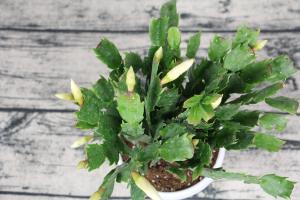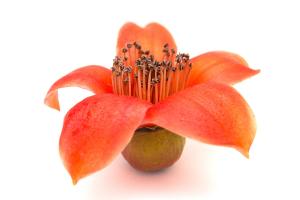Can You Eat Tomatoes Off a Plant With Blight?
If you're a tomato gardener, you know the frustration of blight. Those dark, mushy spots can take over a plant in no time, ruining your harvest. But what if you're desperate for a tomato fix? Can you still eat the fruits of a blighted plant?
The Basics of Tomato Blight
Tomato blight is caused by fungal spores that spread through water and soil. There are two main types of blight: early blight and late blight. Early blight usually shows up in mid to late summer, causing circular spots on leaves that eventually turn yellow and drop off. Late blight is more serious and can destroy a plant in a matter of days. It causes dark, watery spots on leaves and stems, and can result in rotting fruit.
The Risks of Eating Blighted Tomatoes
The short answer is: it's not recommended. While the fungus that causes blight doesn't typically affect the fruit itself, there are a few reasons why you should steer clear of blighted tomatoes:
The blight can weaken the plant's immune system, making it more vulnerable to other diseases, pests, and environmental stresses that could make you sick.
If the plant has been treated with fungicides or pesticides to combat the blight, those chemicals could reside in the fruit and harm you if ingested.
Blighted tomatoes are often softer and more prone to rot, which can lead to foodborne illness if consumed.
All of these factors mean that it's best to err on the side of caution and avoid eating tomatoes from blighted plants.
What to Do With Blighted Tomatoes Instead
If you've got a garden full of blighted tomatoes, there are still ways to salvage the season:
Remove the infected plants entirely and dispose of them far away from your garden to prevent the fungus from spreading to other plants.
Avoid planting tomatoes or other nightshade crops (such as peppers and potatoes) in the same spot next year to reduce the risk of re-infection.
Consider using organic fungicides and rotating your crops to keep your garden healthy and blight-free in the future.
If you're itching for a tomato fix, try visiting a local farmer's market or grocery store to pick up fresh, healthy tomatoes.
By taking these steps, you can avoid the risks of blighted tomatoes and keep your garden thriving for seasons to come.
In Conclusion
While eating tomatoes off a plant with blight might seem tempting in a pinch, it's best to avoid the risk of illness and opt for healthy, fresh produce instead. By understanding the risks of blight and taking steps to prevent and treat it in your garden, you can enjoy a bountiful crop of tasty tomatoes and other nightshades year after year.

 how many times do yo...
how many times do yo... how many planted tre...
how many planted tre... how many pine trees ...
how many pine trees ... how many pecan trees...
how many pecan trees... how many plants comp...
how many plants comp... how many plants can ...
how many plants can ... how many plants and ...
how many plants and ... how many pepper plan...
how many pepper plan...





























